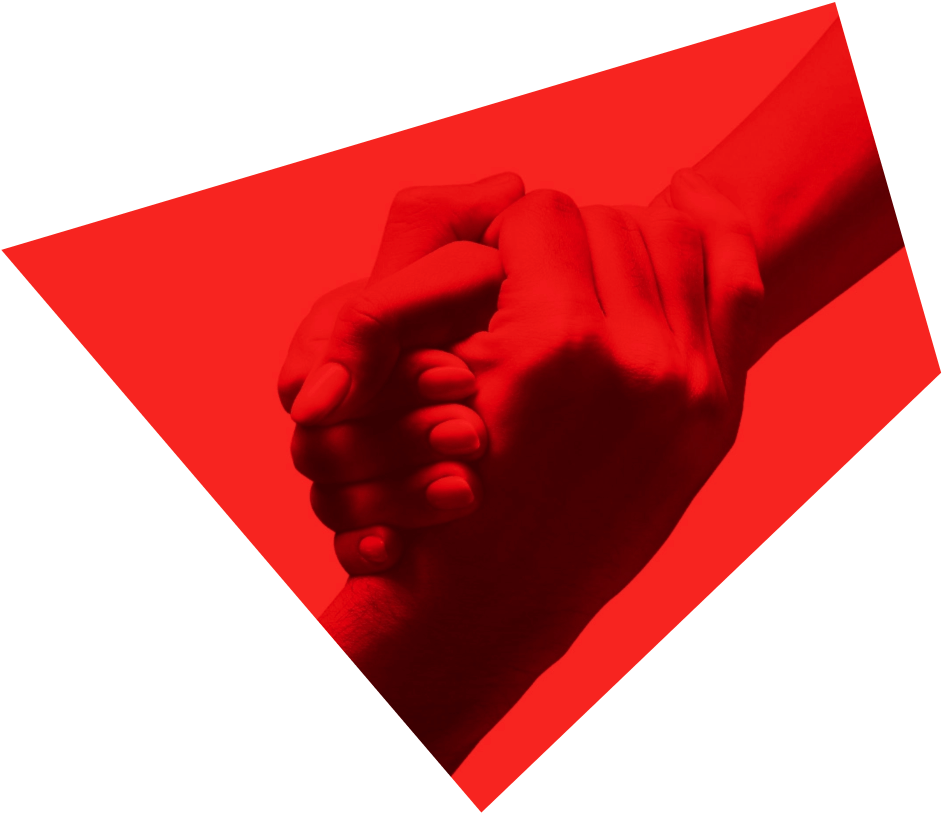Being leader of the opposition is a little like being stuck in bumper-to-bumper traffic on the 401.
You’re boxed in. Options are limited. And any “creative” manoeuvres usually lead to pileups.
So when a lane opens up — a clear stretch of political laneway — you don’t ask questions. You step on the gas.
Pierre Poilievre did just that last week when he called upon the federal government to scrap the temporary foreign workers (TFW) program, claiming it had flooded the labour market, suppressed wages, and made it nearly impossible for young Canadians to find decent work.
It was part of a wider series of announcements and press events designed to reframe the conversation before Parliament returns on Sept. 15, and to drag the spotlight back to the cost-of-living pressure points facing everyday Canadians.
But buried in the announcement was a line worth paying attention to:
“Let’s be honest. Young people today form what I call ‘generation screwed.’ Let’s look at the situation … It’s the first generation that cannot afford a home in Canadian history. And now, the double gut punch, they have the worst employment number of any group of young people since the late 1990s.”
You can argue about who might be to blame for this state of affairs, or indeed the wisdom of axing this program.
But you cannot argue with the underlying facts. Nor their political potency.
The youth unemployment scandal that Poilievre referenced is not a niche concern. And we need to be absolutely clear about what it represents.
Young Canadians are graduating with more education, more debt, and fewer pathways.
They’re facing wage scarring: the long-term earnings damage caused by unemployment or entering the workforce during a downturn. It is dubbed “scarring” because the pain lingers, reshaping career trajectories, home ownership timelines, and family planning for years — sometimes decades.
It’s also a canary in the coal mine for the wider economy, as youth unemployment is often the first visible crack ahead of a broader economic recession.
“Screwed” might be putting it too gently. Because there is also AI.
Young Canadians are extremely digitally fluent. They know better than anyone how much of the white-collar job market is vulnerable to automation. They’ve already seen it. They’re not naive about the “future of work.” They’re anxious — justifiably so — that the future has no room for them.
As chancellor of OCAD University, I shake the hands of hundreds of graduates every year. And, I can tell you: this year was different.
The anxiety was palpable. Students weren’t just worried. Many felt disillusioned.
What we’re witnessing is the slow formation of a politically volatile cohort: highly educated, underemployed, underpaid, and increasingly impatient.
What does this mean for Poilievre and the Conservatives?
It means the generational lane is wide open.
In the last election, there is no question the Conservative party made tangible gains among this younger demographic.
There is a widely held perception, born out in exit polling, that the boomer generation drove the Liberal party’s resurgence, and the younger Canadians were more skeptical and leaned Conservative.
Specifically, young men. Advantage Poilievre.
But for Poilievre, the other half of that cohort — young women — it’s another story. Appeal to women has been a niggling, persistent problem for him.
So you can bet Anaida Poilievre, who has considerable political skill and — right on cue — has a book coming out, to take on an increasingly prominent role.
But the bottom line for Conservatives is this. If they get this right, they can fracture the generational vote in a way we haven’t seen in decades.
Because it is young, jobless Canadians who are feeling the economic downturn and poor job market conditions the most and who can speak loudest.
Critically, however, Poilievre must realize that the message is one thing. Waxing poetic about “generation screwed” is easy. Building a reactive, youth-focused comms machine that speaks in their language, reflects their anxieties, and channels their energy into votes — that’s the hard part.
But it’s also the most important.
Pierre Poilievre has found an open lane. Now he needs to build the right machine to seize it. Because young, jobless Canadians aren’t just watching — they’re waiting. And right now, they are up for grabs.
